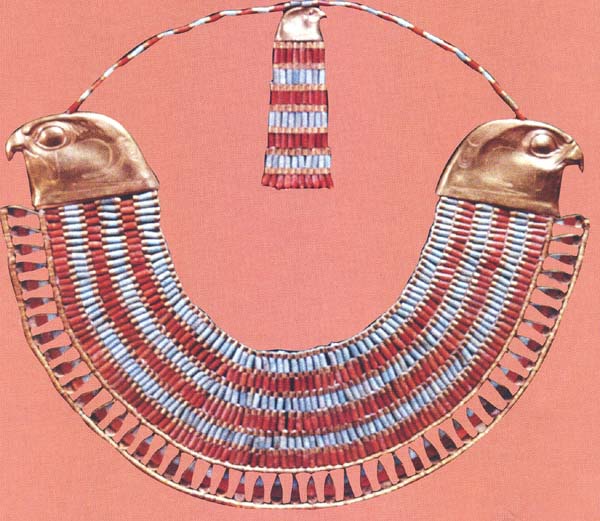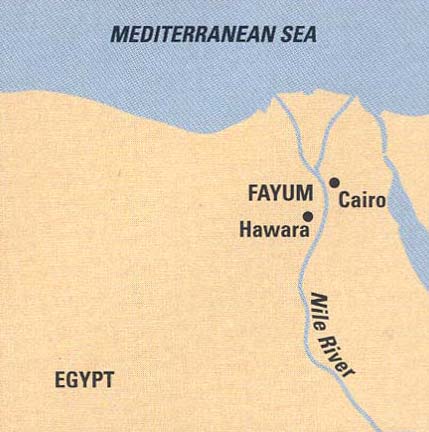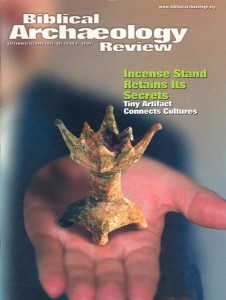
The broad, or wesekh, collar was the most popular item of jewelry in ancient Egypt, worn by kings and ordinary people alike. But few collars were so beautiful or intricate as this one, found in the tomb of Princess Neferuptah of the XIIth Dynasty (c.1991–1786 B.C.), at Hawara in Egypt’s Fayum region. This necklace, measuring nearly 13 inches across, consists of six strings of tubular beads (alternating rows of bluish-white feldspar and red cornelian, separated by smaller beads of gold), and a lower border of droplet-shaped pendants. Two falcon’s heads of hammered gold adorn the ends of the collar. A third, smaller falcon’s head acts as a counterpoise, balancing the heavy ornament on the wearer’s neck.

Egyptians of the Middle Kingdom era (c. 2133–1670 B.C.) painted various kinds of wesekh collars on sarcophagi, and sometimes referred to the counterpoise as mankhet, “that which lives.” Evidently they believed that the collars had a protective power against curses or evil spirits. Archaeologists have unearthed broad collars made out of metal, stone and faience (glazed earthenware) dating as far back as the Fifth Dynasty (c. 2494–2345 B.C.).
The princess’s collar is on display until October 14 at the National Gallery of Art in Washington, D.C., as part of the touring exhibition The Quest for Immortality: Treasures of Ancient Egypt. For more details, call (202) 737–4215 or visit www.nga.gov.
Already a library member? Log in here.
Institution user? Log in with your IP address.

